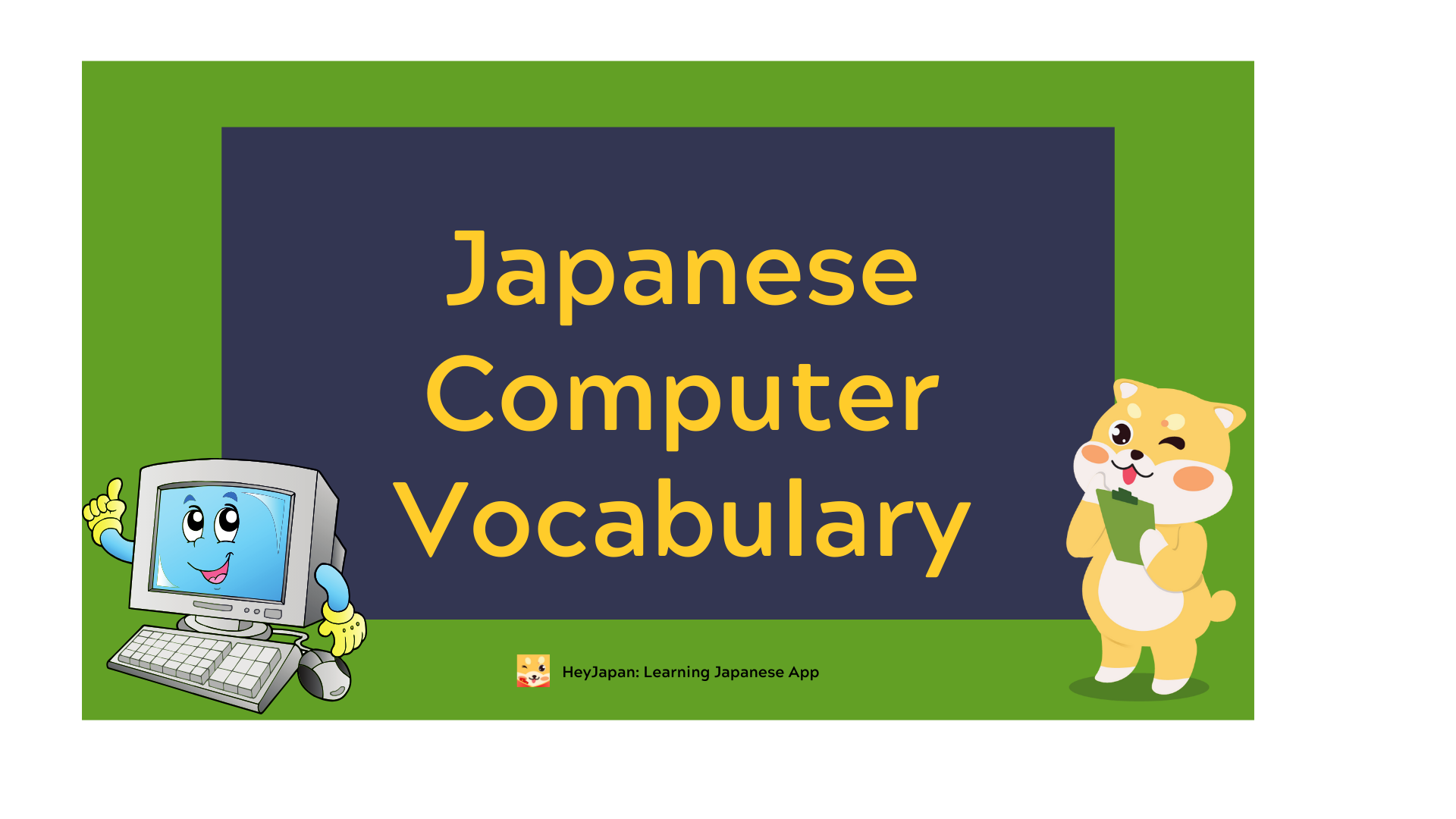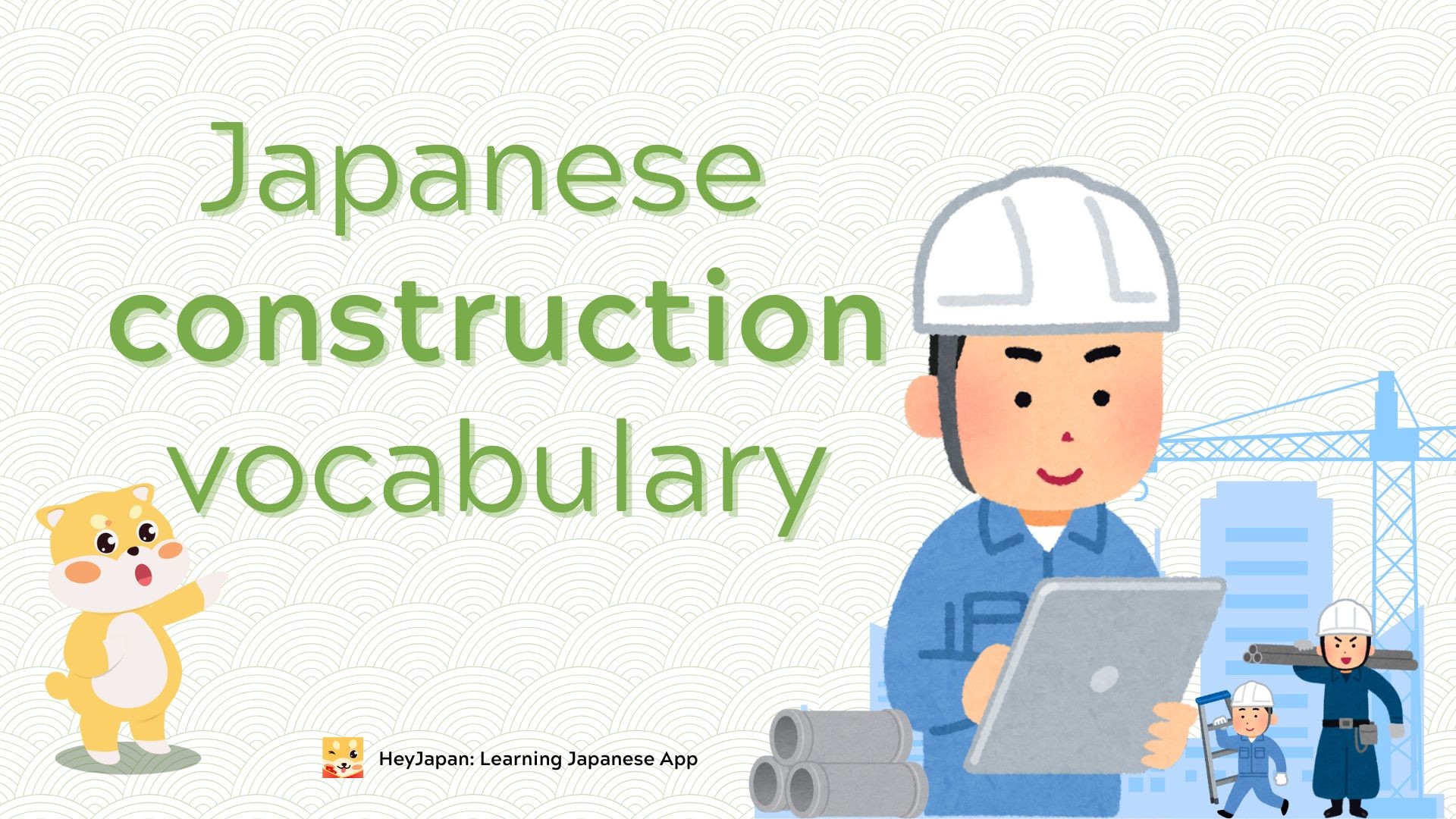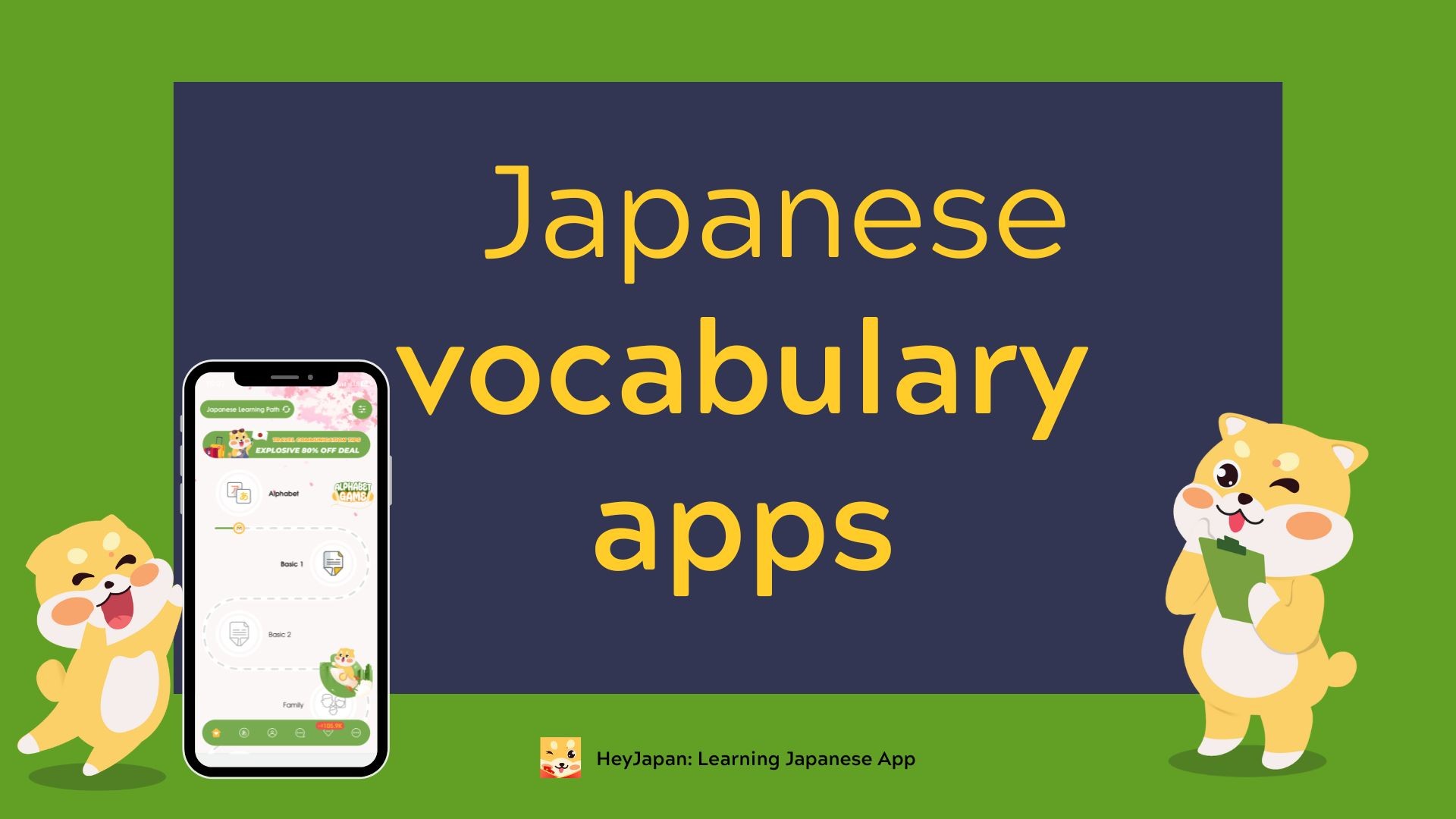- 1. Introduction
- 2. Setting the Foundation
- Immersion in Japanese media and culture
- Mastering hiragana and katakana
- Learning basic kanji
- 2. Effective strategies to build Japanese’s vocabulary
- Utilizing flashcards
- Creating personal word lists and vocabulary notebooks
- Practicing word associations and mnemonics
- Employing context clues and guessing from context
- Utilizing online resources and language learning apps
- 3. Expanding Vocabulary Through Reading and Listening
- Reading Japanese books, manga, and newspapers
- Listening to Japanese podcasts, music, and audiobooks
- 4. Harnessing Technology for Vocabulary Learning
- Using gamification and interactive exercises
- Engaging with language learning communities and forums
- Conclusion
- FAQs
Looking to enhance your Japanese vocabulary? This comprehensive beginner's guide provides practical tips, strategies, and resources to help you expand your Japanese language skills. Learn how to effectively memorize new words, practice vocabulary in context, and utilize various tools and techniques to accelerate your learning journey.
1. Introduction
Before diving into the strategies, let's first recognize the significance of vocabulary in mastering any language. Vocabulary forms the building blocks of communication, enabling you to understand and express ideas accurately. When learning Japanese, a robust vocabulary enhances your ability to read, write, listen, and speak with confidence. So, let's explore effective techniques to expand your Japanese vocabulary and accelerate your language learning journey.
2. Setting the Foundation
Immersion in Japanese media and culture
To immerse yourself in the language, expose yourself to Japanese media and culture. Watch anime, movies, and TV shows, listen to Japanese music, and explore literature. Engaging with authentic content provides exposure to different vocabulary and cultural contexts.
Read more: Learning about Japanese music: What are Japanese youth listening to?
Mastering hiragana and katakana
Hiragana and katakana are the two syllabaries essential for reading and writing Japanese. Invest time in learning and practicing these scripts. Once you become comfortable with them, you'll be able to read and pronounce a wide range of words accurately. Here are five effective ways to achieve proficiency in hiragana and katakana:
- Practice writing: Regularly practice writing hiragana and katakana characters. Start by focusing on one row or group at a time and gradually progress to more complex characters. Repetition and muscle memory will help you memorize the stroke order and improve your writing speed.
- Use mnemonic devices: Mnemonic devices are memory aids that help associate characters with sounds or visual cues. Create personalized mnemonics for each character by associating them with objects or words that sound similar in English. For example, the hiragana character "さ" can be associated with the English word "sun" due to its visual similarity.
- Utilize writing practice sheets: Printable writing practice sheets are widely available online. These sheets provide a template for tracing and practicing hiragana and katakana characters. Consistently using these sheets will reinforce your recognition and writing skills.
- Engage in interactive learning: Use online resources and language learning apps specifically designed for hiragana and katakana practice. Apps like "Dr. Moku's Hiragana and Katakana" or websites like Tofugu offer interactive exercises and quizzes to help you memorize the characters effectively.
- Apply hiragana and katakana in context: Start reading and writing simple Japanese sentences using hiragana and katakana. Practice reading children's books, signs, and labels to reinforce your recognition of characters in real-life situations. Writing sentences and short paragraphs in hiragana and katakana will strengthen your grasp of the characters and their usage.

Beginner's guide: How to Boost Your Japanese Vocabulary
Learning basic kanji
Kanji, the Chinese characters used in Japanese writing, plays a crucial role in vocabulary acquisition. Start with common kanji characters and gradually expand your knowledge. Learning kanji helps you understand the meaning of words more deeply and expands your reading abilities.
Studying kanji can be a challenging task, but incorporating creative and engaging techniques can make the process more enjoyable and effective. Here's a creative way to study kanji: Create Kanji Stories
One creative method to study kanji is by creating stories or narratives around the characters. This technique utilizes visual and imaginative associations to help remember the meaning and reading of kanji.
Here's an example:
Kanji: 森 (forest)
Story: Imagine yourself walking through a dense forest, surrounded by towering trees. As you explore, you come across a clearing where you find a hidden treasure buried beneath the trees. The forest, represented by the kanji 森, becomes a symbol of discovery and adventure.
By creating a story around the kanji, you establish a memorable connection between the character and its meaning. You can also incorporate mnemonic devices like associating specific elements of the kanji with objects or sounds. For instance, in the case of 森, you can remember it by visualizing the three horizontal lines as three trees standing together in the forest.
This creative approach to studying kanji engages your imagination and creates vivid mental images, making the learning process more enjoyable and memorable. Remember to practice writing the kanji and reinforce your understanding through reading and encountering the characters in various contexts.
2. Effective strategies to build Japanese’s vocabulary
Utilizing flashcards
Flashcards are a powerful tool for memorizing vocabulary. Create flashcards with Japanese words on one side and their English meanings on the other.
Watch video: 5 Ways to Learn Japanese with Flashcards
Creating personal word lists and vocabulary notebooks
Maintain a personal vocabulary notebook to record new words you encounter. Categorize them by themes or topics. Review and revise your word lists regularly to reinforce your learning. There are several apps available that can assist users in creating personal word lists and vocabulary notebooks. These apps provide a convenient and organized way to compile and review vocabulary. Here are a few popular options:
- Quizlet: Quizlet is a versatile app that allows users to create flashcards, quizzes, and study sets. You can easily input and categorize vocabulary words, create definitions, and add example sentences. Quizlet also offers interactive learning activities and games to reinforce vocabulary retention.
- Evernote: Evernote is a popular note-taking app that can be utilized to create vocabulary notebooks. You can organize vocabulary by creating separate notes for different themes or topics. Evernote also offers features like tagging, search functionality, and syncing across devices for easy access to your vocabulary lists.
Practicing word associations and mnemonics
Associating new words with familiar concepts or using mnemonic devices can improve retention. Create mental connections between Japanese words and relevant images, stories, or personal experiences to make vocabulary stick in your memory.
Employing context clues and guessing from context
When encountering unfamiliar words, use the surrounding context to deduce their meaning. Pay attention to sentence structure, verb forms, and particles. Contextual guessing enhances your vocabulary acquisition skills and builds your ability to infer meanings.
Utilizing online resources and language learning apps
Leverage the power of technology. Online resources like dictionaries, language learning websites, and mobile apps provide interactive exercises, audio pronunciation guides, and example sentences. Websites like Tae Kim's Guide to Learning Japanese and mobile apps like Duolingo and HeyJapn offer valuable resources for vocabulary building.
Try HeyJapan here
Try Duolingo here
3. Expanding Vocabulary Through Reading and Listening
Reading Japanese books, manga, and newspapers
Reading Japanese materials exposes you to diverse vocabulary and sentence structures. Start with simplified texts, children's books, or manga. Gradually progress to more complex texts as your proficiency improves. Look up unfamiliar words and add them to your vocabulary lists.
There are several online resources where you can read Japanese manga, newspapers, and books. Here are five popular platforms:
- BookWalker (https://bookwalker.jp/): BookWalker is a leading platform for digital manga and light novels. It offers a wide range of manga titles, including popular series and new releases. You can access manga in both Japanese and English, making it suitable for learners at different proficiency levels.
- ComicWalker (https://comic-walker.com/): ComicWalker is a free online manga platform operated by Kadokawa Corporation. It features a diverse collection of manga titles across various genres. You can read manga in Japanese, and some series are available in English as well.
- eBookJapan (https://www.ebookjapan.jp/): eBookJapan is a digital bookstore that provides a vast selection of Japanese manga, novels, and magazines. It offers both free and paid content, including popular manga series and literary works. You can read the content online or using the eBookJapan app.
- Weblio (https://www.weblio.jp/): Weblio is an online Japanese dictionary and resource platform that also offers access to various written materials. It provides links to news articles, online books, and other resources where you can read Japanese content. While the selection may vary, it can be a valuable resource for finding reading materials.
- Aozora Bunko (https://www.aozora.gr.jp/): Aozora Bunko is a digital library of Japanese literature that offers a vast collection of classic works. The website provides free access to novels, short stories, and other literary pieces by renowned Japanese authors. It's an excellent resource for those interested in reading Japanese literature.
Listening to Japanese podcasts, music, and audiobooks
Immerse yourself in the spoken language. Listen to Japanese podcasts, music, or audiobooks to improve your listening comprehension and expose yourself to native pronunciation and intonation. Pay attention to the context and meaning of words used in different contexts.
For beginners learning Japanese, here are three Japanese-English podcasts that can be helpful:
- JapanesePod101 (https://www.japanesepod101.com/): JapanesePod101 offers a comprehensive collection of podcasts for learners of all levels. Their "Absolute Beginner" series is specifically designed for beginners, providing lessons covering essential vocabulary, grammar, and cultural insights. The podcasts include explanations in English, along with Japanese conversations and practice exercises.
- Learn Japanese Pod (https://learnjapanesepod.com/): Learn Japanese Pod offers podcasts focused on teaching Japanese language and culture. They have a series called "Japanese for Beginners" that covers basic grammar, vocabulary, and phrases in a conversational style. The hosts provide explanations in English and engage in dialogues in Japanese, allowing learners to practice their listening skills.
- The Tofugu Podcast (https://www.tofugu.com/podcast/): The Tofugu Podcast covers a wide range of topics related to Japan, including language learning. While not solely focused on beginner-level Japanese, it offers insightful discussions and interviews with a mix of English and Japanese conversations. Listening to this podcast can expose beginners to natural Japanese speech and cultural insights.

Beginner's guide: How to Boost Your Japanese Vocabulary
4. Harnessing Technology for Vocabulary Learning
Using gamification and interactive exercises
Engage with gamified platforms that make vocabulary learning enjoyable and engaging. Apps like Memrise, FluentU, Kanji Study incorporate game elements, challenges, and rewards to make learning feel like a fun adventure.
Engaging with language learning communities and forums
Join online communities and forums dedicated to learning Japanese. Platforms like Reddit's r/LearnJapanese, Discord servers, and language learning forums offer spaces to ask questions, seek guidance, and connect with fellow learners. Engaging with a supportive community can enhance your motivation and provide valuable insights.
Conclusion
Expanding your Japanese vocabulary is an ongoing journey that requires dedication and practice. By immersing yourself in the language, utilizing effective strategies, and engaging with authentic materials, you can accelerate your vocabulary acquisition. Embrace technology, practice communication, and overcome challenges along the way. With persistence and consistency, you'll see significant progress in your Japanese language skills.
FAQs
1. How long does it take to build a substantial Japanese vocabulary?
The time required to build a substantial Japanese vocabulary varies for each individual. Factors such as daily study time, immersion, and learning methods play a role. It's important to focus on consistent practice and exposure to the language. With dedication, progress can be made within several months to a few years.
2. Are there any shortcuts to learning Japanese vocabulary quickly?
While there are no magic shortcuts to mastering Japanese vocabulary instantly, employing effective strategies like flashcards, immersion, and contextual guessing can expedite the learning process. Consistency and dedication are key to achieving long-term results.
3. Is it necessary to learn kanji to expand my Japanese vocabulary?
Learning kanji significantly expands your understanding of Japanese vocabulary. Many words incorporate kanji characters, and knowing their meanings and readings enhances your comprehension. While it may seem daunting at first, gradual kanji acquisition is beneficial in the long run.
Learn basic Japanese with HeyJapan
iOS: https://apps.apple.com/us/app/heyjapan-learn-basic-japanese/id1576311051
Android: https://play.google.com/store/apps/details?id=com.eup.heyjapan









